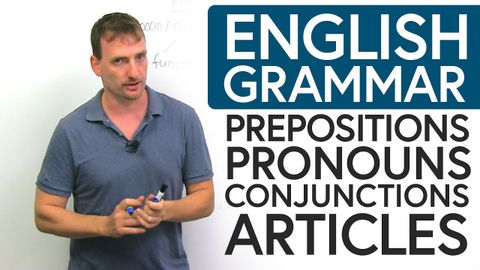英文法の品詞:前置詞、名詞、接続詞、文節 (Parts of Speech in English Grammar: PREPOSITIONS, PRONOUNS, CONJUNCTIONS, ARTICLES)
林宜悉 が 2021 年 09 月 28 日 に投稿  この条件に一致する単語はありません
この条件に一致する単語はありませんUS /ˌɪndəˈvɪdʒuəl/
・
UK /ˌɪndɪˈvɪdʒuəl/
- n. (c.)個人;個々の項目;個体;個人競技
- adj.個人用の;個人の;個々の;独特の
US /ˈkɑnˌtɛkst/
・
UK /ˈkɒntekst/
US /ˈrek.əɡ.naɪz/
・
UK /ˈrek.əɡ.naɪz/
- v.t.(~が本当であると)認める : 受け入れる;(重要性を)認める;法的権威を尊重する;公にその人の貢献を称賛する;認識する、認知する
US /ˌrɛkəˈmɛnd/
・
UK /ˌrekə'mend/
エネルギーを使用
すべての単語を解除
発音・解説・フィルター機能を解除
